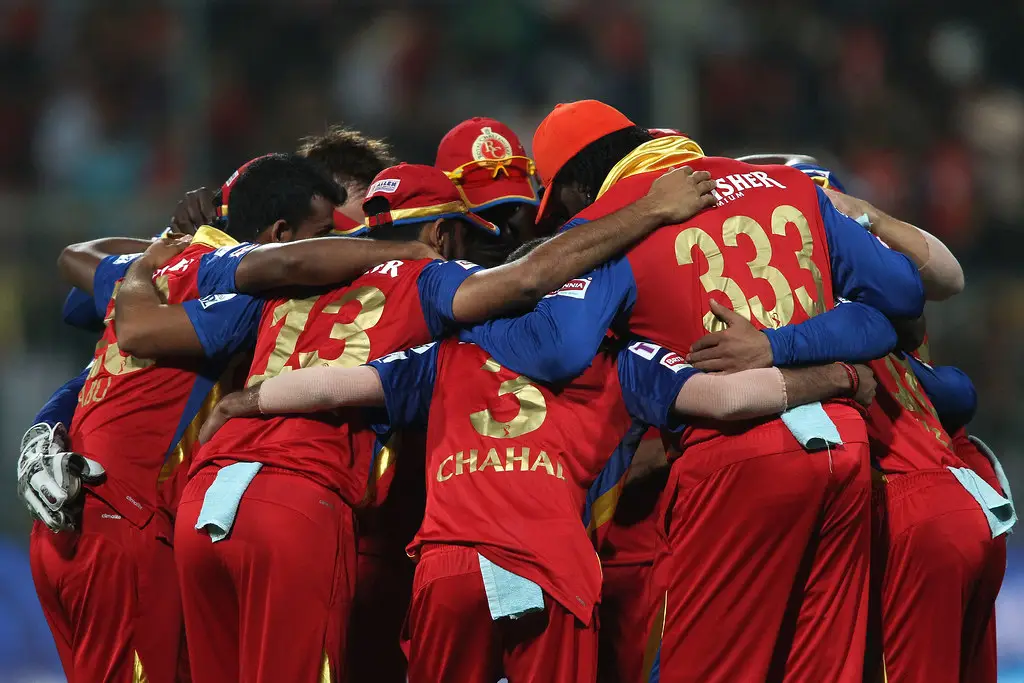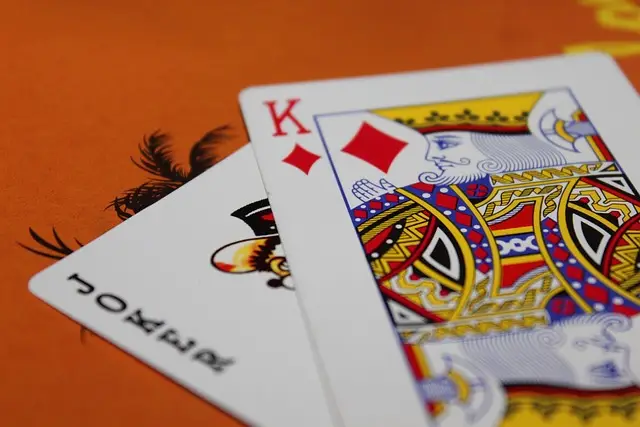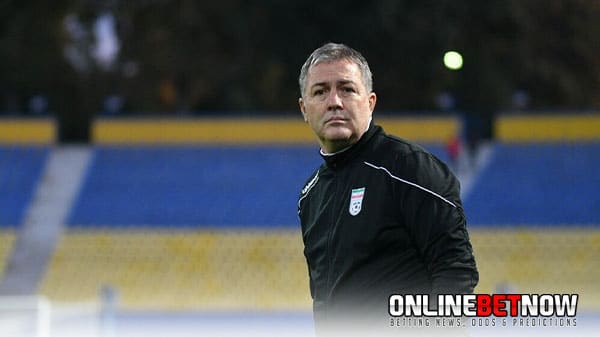Soccer Squad Positions In a Nutshell
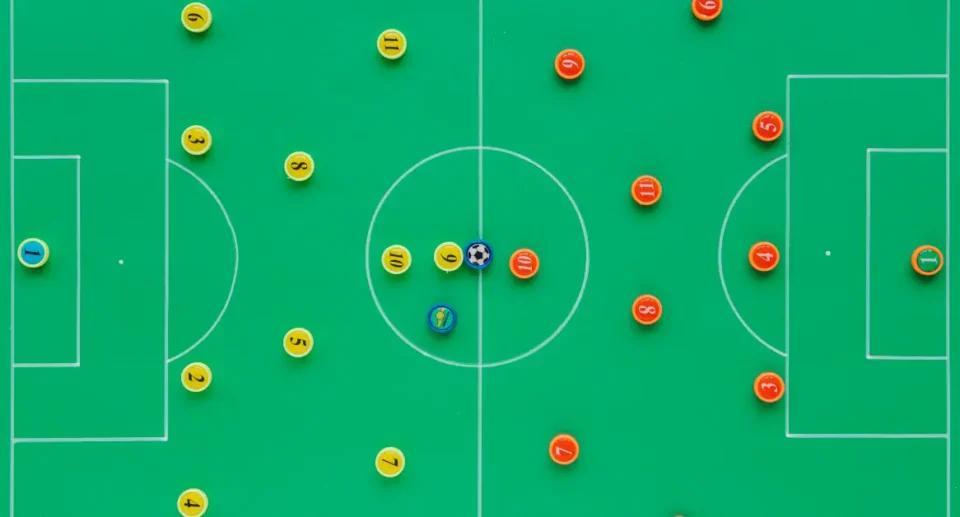
For a long time, association football has established itself as the most endearing sport in the world. It was a team sport consisting of individual players who had a collective goal of defeating their opponents by accumulating scores. Each position in the football team is equally important, with each one having its own purpose and skill set needed to be successful in the AFC Cup.
Today, we will be examining each position in soccer and why each one of them is essential.
Goalkeeper
The goalkeeper or goalie is deemed to have the most vital role in a team of football players. They are the last line of defense in a squad and require a set of special skills and a training regimen.
The main goal of the football goalkeeper is to guard the home and prevent the forwards from the opposing team from scoring a goal at the AFC Cup. The goalie requires both offensive and defensive skills such as catching and shot-stopping to prevent the other team from gaining the upper hand.
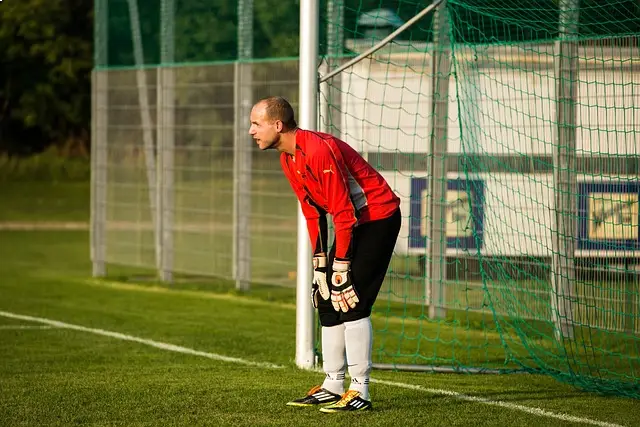
Center back
The center back is one of the defensive positions that are entrusted with the task of preventing the opponents from producing a goal in defensive areas on the pitch and moving the ball to their teammates with much more offensive roles.
Sweeper
Also known as libero, the goal of the sweeper is pretty self-explanatory, which is to “sweep’’ any lost balls that fall outside the core defensive line. The required set of skills for sweepers is more focused on ball manipulation.
Full back
The word full-back encompasses two main roles: the left-back and the right-back. This position also includes a special position called wing-back, which is a much more advanced position at the AFC Cup.
The purpose of full-backs is to provide additional defensive assistance outside the main defensive areas that are guarded by the center-back. Their role also features minor offensive tasks, especially in situations where the advanced positions lost a grasp of the ball.
Wing back
Wingbacks share similar tasks with the traditional fullbacks. Although, their role is more centered around attacking than defending and they cover a wider area than other full-backs.
Due to their wide coverage, wing-backs are required to be quick and agile. It was deemed as one of the physically demanding roles on the AFC Cup soccer pitch so wing backs are required to be physically fit which is much more focused on leg power.
Central midfielder
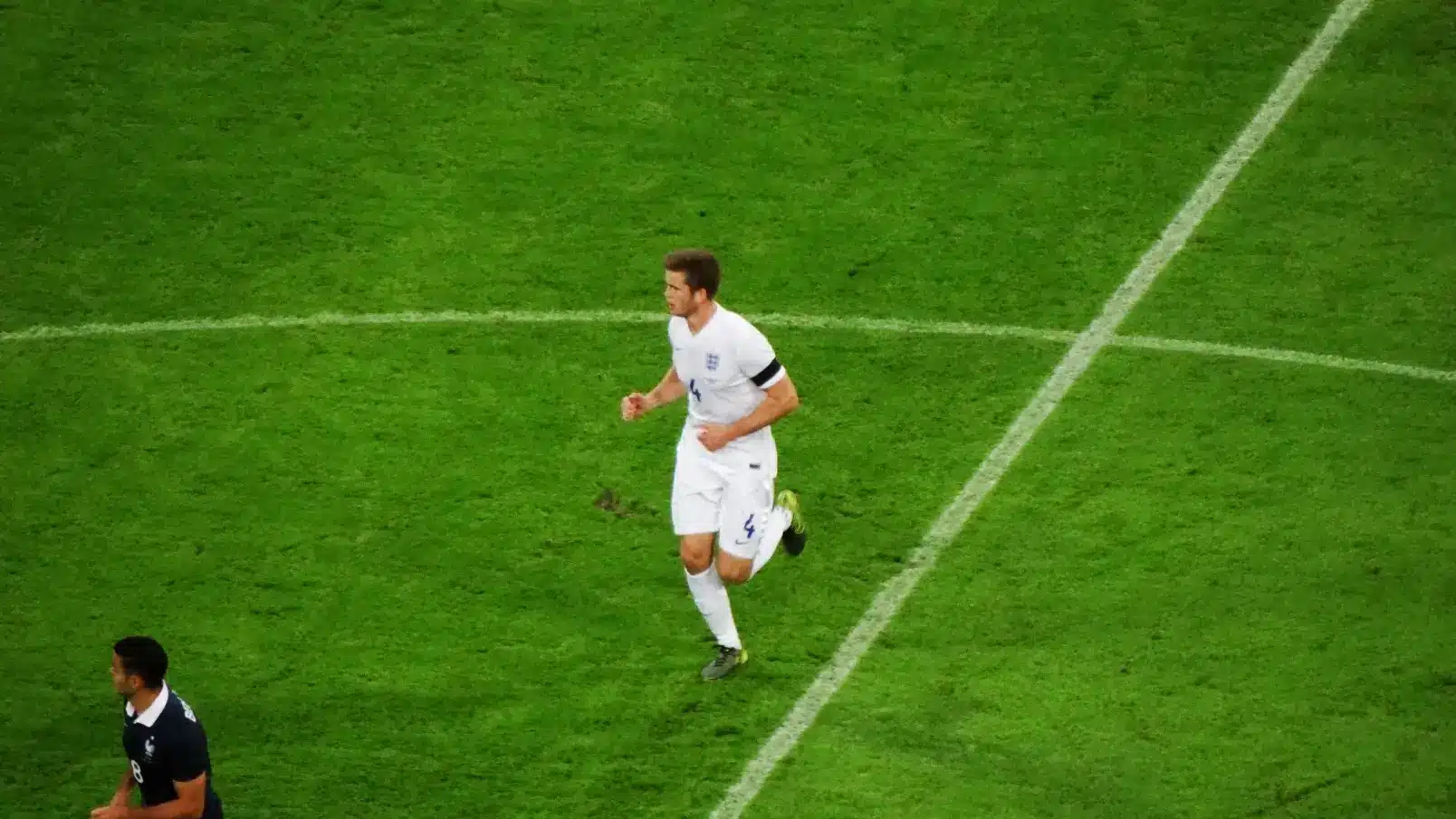
Located in the center of the pitch, center-midfielders are one of the essential positions in the soccer field because their main responsibility is to be the connection between the offensive and defensive positions.
Aside from the center midfielder, there are other types of midfielders such as the attacking midfielder and defensive midfielder.
Attacking Midfielder
The role of the attacking midfielder is to provide support to the forwards. Their purpose is to provide goal-scoring opportunities for the attackers. One of the essential skills of an attacking midfielder is alertness because they have to keep an eye on where the ball is at the AFC Cup match.
Defensive Midfielder
Meanwhile, the defensive midfielder is entrusted to protect the back line and to prevent the opponents from progressing. The role of the defensive midfielder is to be at the forefront of defensive positions. Additionally, they have to protect the defensive areas when their teammates move forward.
Winger
The role of the winger is similar to the wing-back but they cover the offensive grounds. In some cases, their role is leaning toward the attacking side on the attack-defense spectrum. They also cover more ground than the main midfielders.
Forward
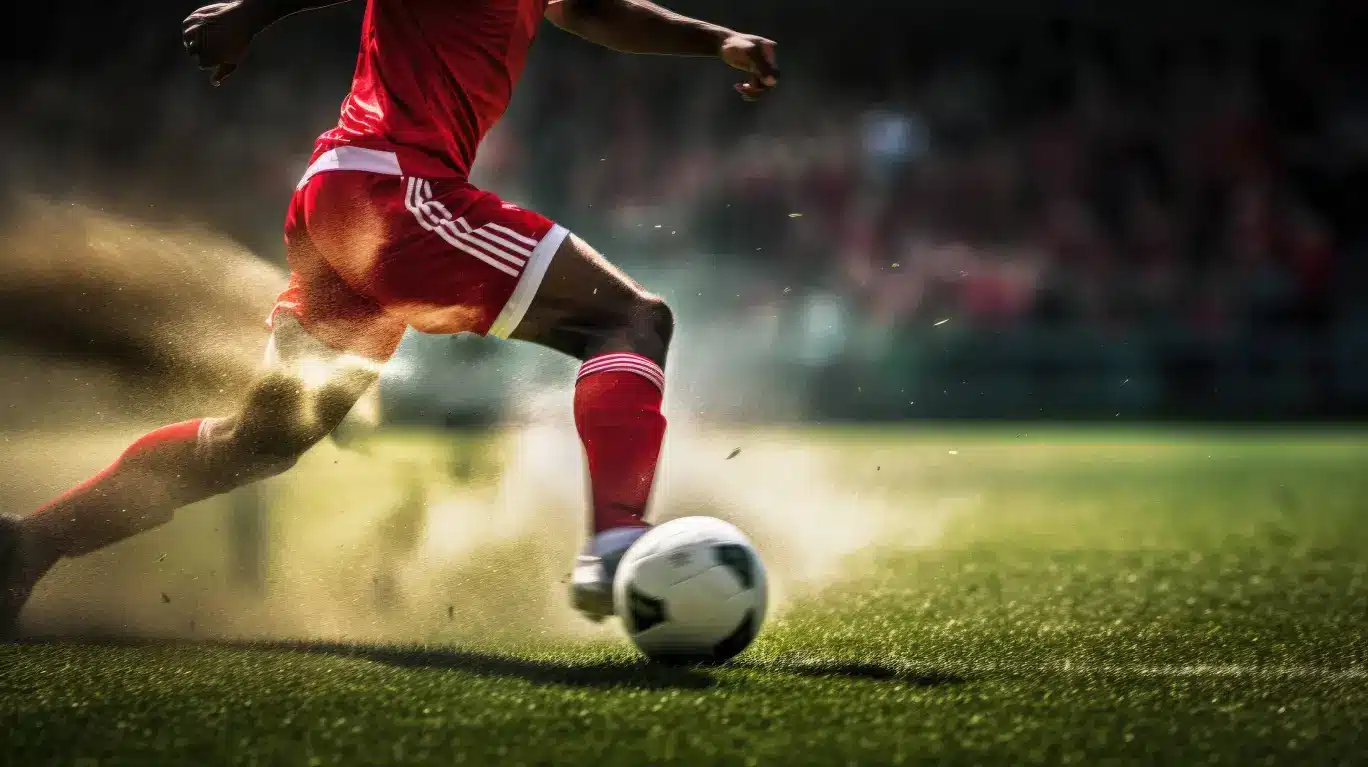
At this point of our list, we are now on the grounds of attacking positions which are covered by forwards. The role of forwards is to break the line of defense of the opposing team and to score goals.
The role of the forward does not veer away from the role of the striker but they lean towards the midfielding positions. What this means is that their role is much more versatile than the striker.
Striker
In most cases, the heaviest responsibilities typically fall upon the shoulders of the forwards, especially the striker. The required skills in order to be a successful striker are shooting skills, agility, passing, and dribbling abilities. Also, they need to intimidate the defensive positions of the opposing team by demonstrating ball play.
Final thoughts
There you have it! We have covered all the grounds on the positions on the soccer field of the AFC Cup. Now that you know the essential positions on a soccer squad, it could be helpful in your quest to get acquainted with the sport of your preference.




